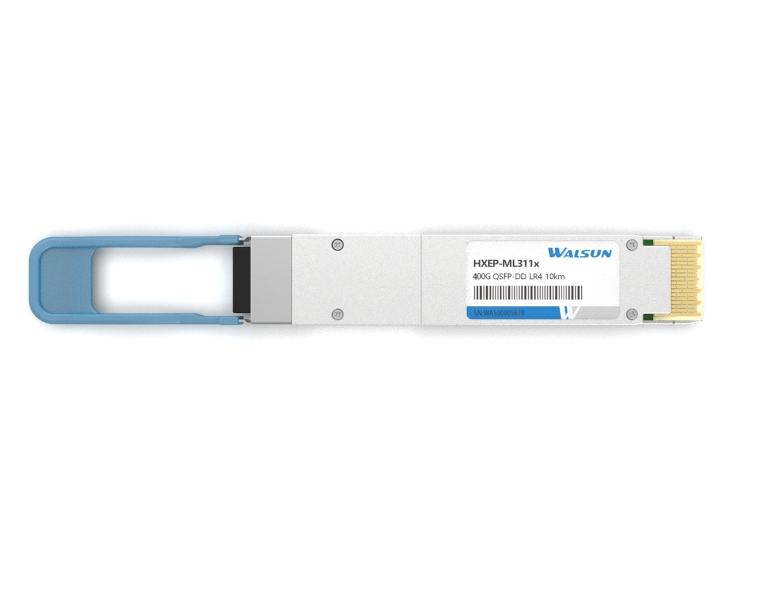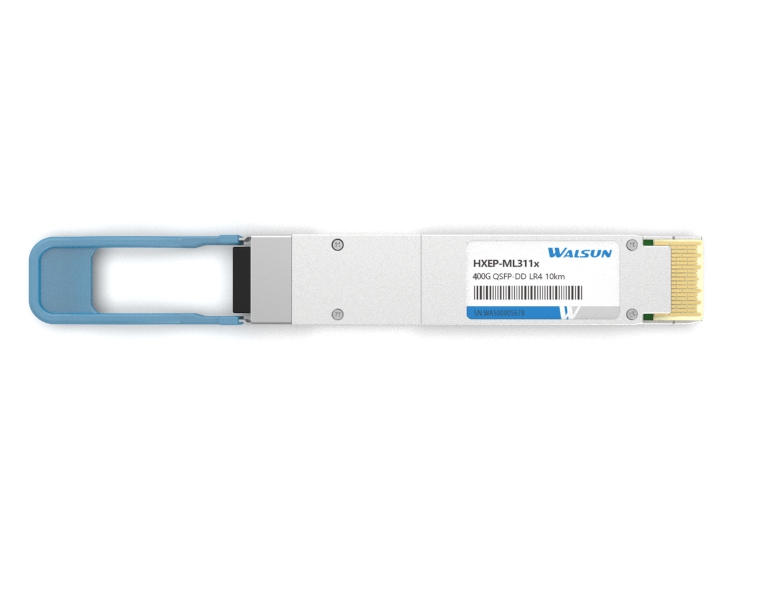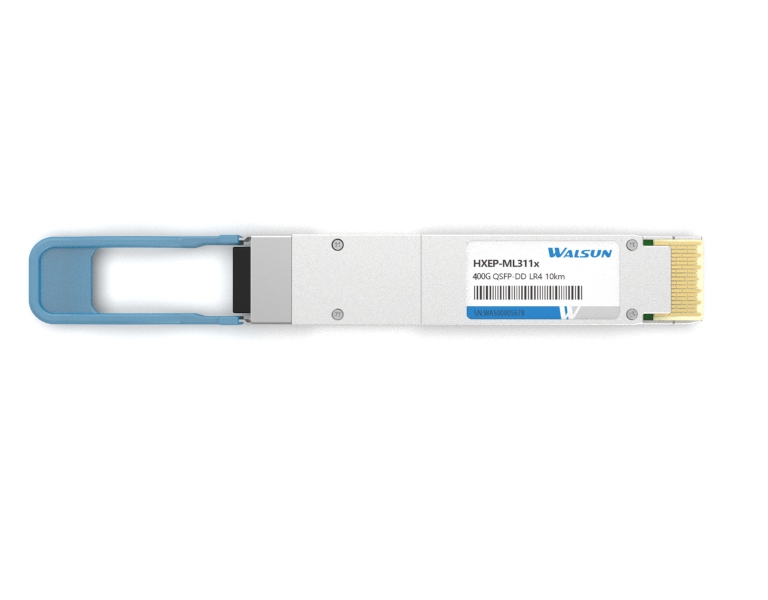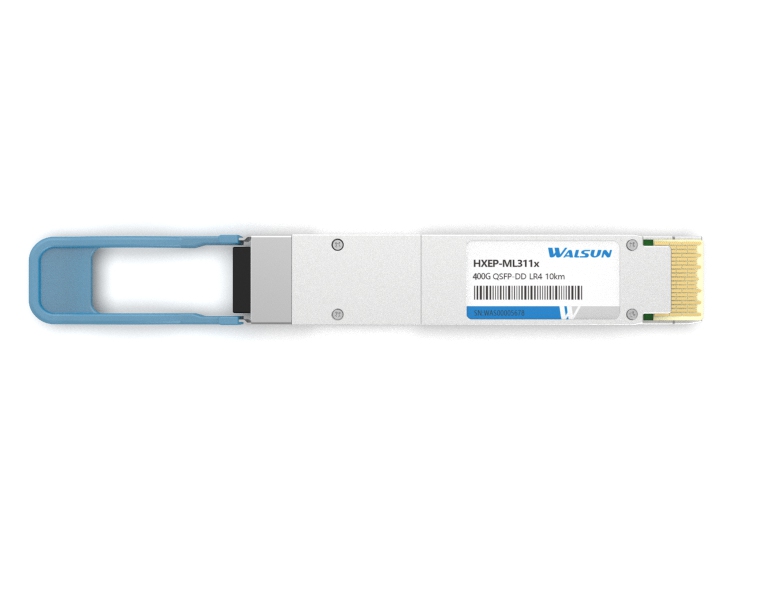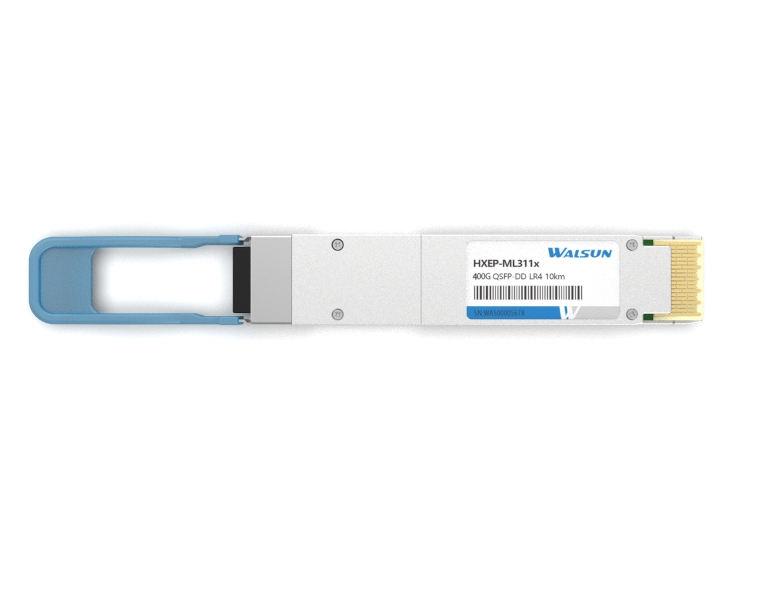PRODUCTS

- QSFP (Quad Small Form-factor Pluggable) transceivers can support both single mode and multimode fiber networks, depending on the specific model and configuration. Some QSFP transceivers are designed for single mode fiber (SMF) and others for multimode fiber (MMF), so it is important to check the specifications and compatibility of the specific QSFP transceiver in question.In the data center, vario1245

- Yes, a QSFP (Quad Small Form-factor Pluggable) transceiver can connect to an SFP (Small Form-factor Pluggable) transceiver using a special cable or adapter. This allows for connectivity between devices that use different transceiver form factors. However, it's important to note that using a cable or adapter may limit the capabilities or performance of the connection.In the data center, various1217

- Yes, QSFP (Quad Small Form-factor Pluggable) is larger than SFP (Small Form-factor Pluggable). QSFP modules have a form factor that is four times the size of SFP modules, allowing them to support more data lanes and higher data rates.In the data center, various types of optic module transceiver are seen everywhere, such as SFP, SFP+, XFP, SFP28, QSFP/QSFP+, CFP and QSFP28. However, for those who g1219

- 1. QSFP-28: This type of QSFP module is designed for use with 100G Ethernet applications.2. QSFP-DD: This is a double density version of the QSFP module, with increased connector density and higher data rates.3. QSFP56: This module supports speeds of up to 56Gbps per channel, making it suitable for high-speed data transmission applications.4. QSFP-DD800: This is an version of the QSFP-DD module, w1217

- No, QSFP+ connectors and QSFP28 connectors are not physically compatible with each other. While they may look similar, they operate on different electrical and optical standards, and therefore cannot be interchanged. QSFP+ connectors are designed for 40Gbps data transmission, while QSFP28 connectors are designed for 100Gbps data transmission. Trying to plug one into the other can result in damage1288


 CHS
CHS Walsun Mall
Walsun Mall

